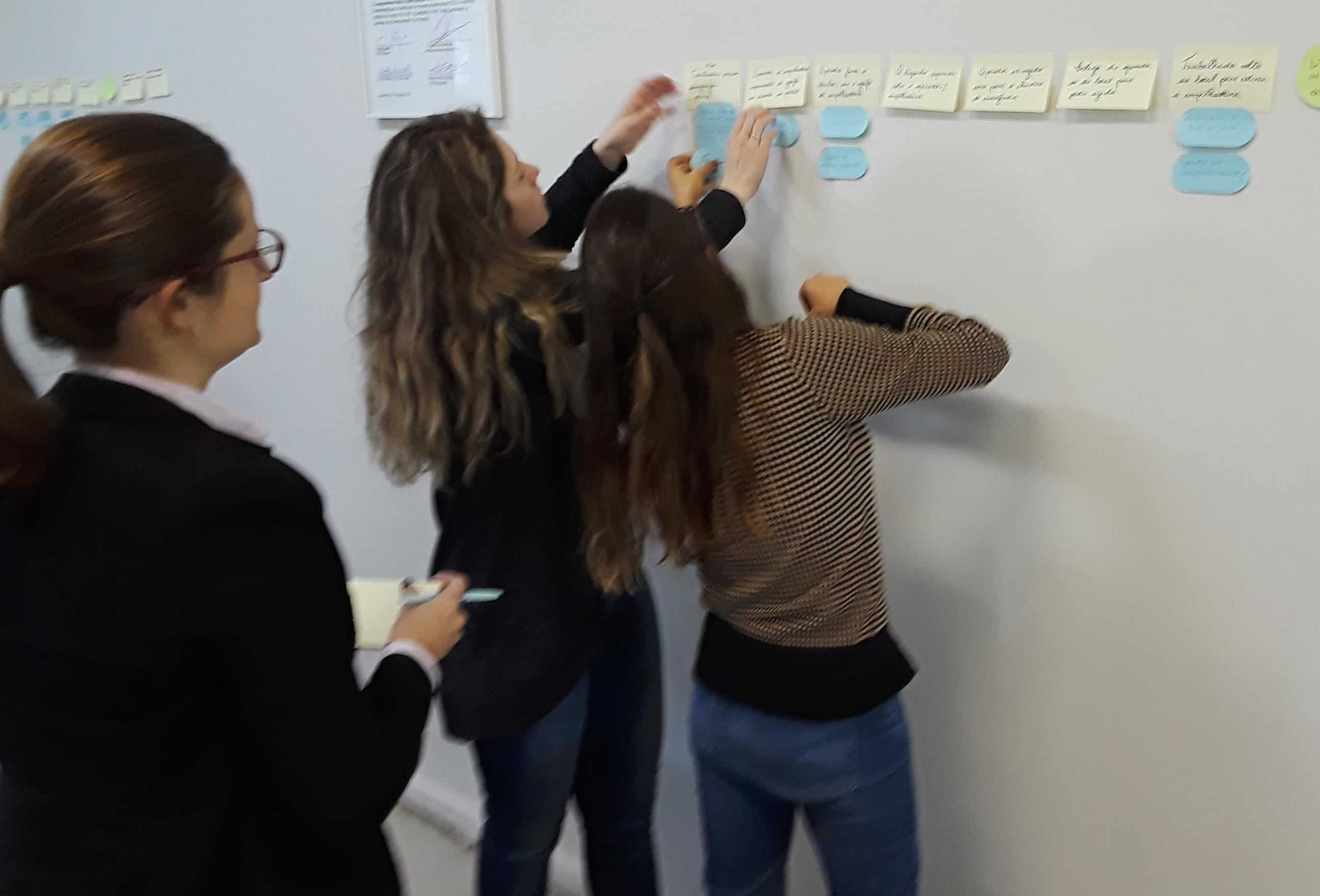Is Visiting a Hospital in Australia Like Playing Russian Roulette?

Patient Safety Improvement is Needed NOW!
Patient Safety is desperate for improvement. Dozens of studies indicate a large number of unnecessary fatalities and injuries during medical care. Here are the results of a study quoted in a Joint Commission document that shows how far we have to go. The study shows the adverse event rate data (serious injuries or fatalities per admission) from 2007 in a variety of countries. The results:
- 2.9% in the U.S.
- 5%-10% in the UK
- 7.5% in Canada
- 12.9% in New Zealand
- 16.6% in Australia
Can that be right? Going to a hospital in Australia is nearly the equivalent of playing Russian roulette? It may be that U.S. hospitals don’t put as much information about adverse events in patient records as they do in other countries … but, no matter what, there is a long way to go to reduce these failure rates closer to zero.
And, yes, I know the study is dated. But more recent studies done in just the U.S. show that Patient Safety problems are getting worse since the report To Err Is Human: Building a Safer Health System was published in 2000 by the Institute of Medicine (IOM).
Why mention this TODAY? Because it’s been about six months since we published:
Improving Patient Safety with TapRooT® Root Cause Analysis

and my question is:
“Did you get yours yet?”
The book is a great resource for anyone interested in new, but proven ways to improve performance in the healthcare setting.
What’s in the book?
Here’s the Table of Contents:
Forward
Chapter 1: The TapRoot® 7-Step Process for Patient Safety
Chapter 2: Step 1: The Plan
Chapter 3: Determine What Happened
Chapter 4: Define Causal Factors
Chapter 5: Analyze Each Causal Factor’s Root Causes
Chapter 6: Analyze Each Root Cause’s Generic Causes
Chapter 7: Develop Fixes
Chapter 8 Present/Report for Approval
Chapter 9: The Whole Process Reviewed
Not only is there a new book focused on TapRooT® and Patient Safety, but there is also a new TapRooT® Patient Safety Root Cause Tree® Dictionary that comes in the package with the new book.
In the new book, the process and the step are focused on Patient Safety. All the examples are Patient Safety examples based on real Sentinel Events from hospitals and healthcare facilities. The book was reviewed by doctors, nurses, and Patient Safety professionals. Every reviewer thought that the book was a valued resource for those working to improve Patient Safety.
Better Causal Factor Identification
PLUS, the book includes a NEW tool to help Patient Safety Professionals ensure that they identify ALL the Causal Factors that led to the Patient Safety Incident. It is called the:
Patient Safety Causal Factor Worksheet
If you don’t have your copy of the book yet, order it by CLICKING HERE and get the discounted price of $99.95 (plus S&H). What exactly will you receive?
- The new Improving Patient Safety with TapRooT® Root Cause Analysis book
- The new TapRooT® Patient Safety Root Cause Tree® Dictionary
- The latest TapRooT® Corrective Action Helper® Guide
- The latest TapRoot® Root Cause Tree® Diagram
That’s not all…
If you still haven’t ordered your book, there is another way to get one. Have a 2-Day TapRooT® Patient Safety Root Cause Analysis Course. This is a NEW course developed for healthcare professionals, including:
- Patient Safety Professionals
- Risk Managers
- Quality Managers
- Doctors
- Nurses
- Hospital Administrators
- Outpatient Facility Managers
- Hospital Equipment Engineers
- Hospital HSE Managers
Getting the whole staff to understand and use the same tool to improve performance is a great benefit to doctors, employees, and management. They can all speak the same root cause analysis language and get the benefits of the proven TapRooT® Root Cause System.
Benefits That Improve Results
If you aren’t familiar with TapRooT® Root Cause Analysis you might ask:
“What benefits?”
That’s a fair question. Here are a few benefits that healthcare users have discovered:
- A better understanding of what happened.
- Identifying all the Causal Factors (so you don’t miss a chance to improve performance).
- Finding root causes that you previously might have overlooked.
- Finding Generic Causes that, when corrected, can eliminate whole classes of patient safety problems.
- Developing more effective corrective actions (fixes).
- Having an easy to share format that lets you explain the results of the investigation to management and healthcare team members.
- Having a system that the Joint Commission has been trained on and understands to be thorough and credible.
- Having the support of System Improvements if you face challenges during an investigation (just call us).
- Using a system that is continually improved and is supported by an annual conference – The Global TapRoot® Summit – to help you continually improve your patient safety improvement skills.
Would you like to learn more about this course?

Call Marcus Miller at 865-539-2139 and he can help you develop your roadmap to improved patient safety.



